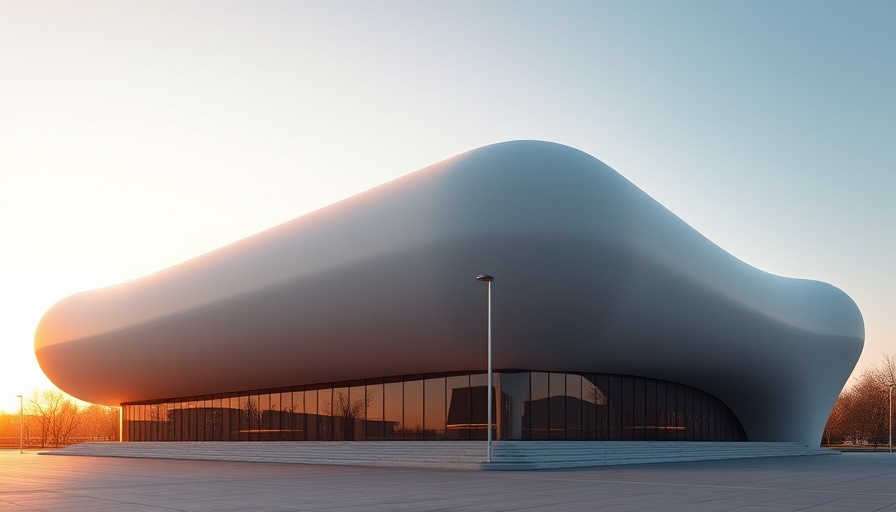
The Unseen Threat: Derechos vs. Hurricanes
A recently published study from Florida International University highlights a critical shift in our understanding of severe weather impacts on urban structures. In May 2024, Houston experienced a powerful derecho that wreaked havoc on tall buildings, indicating that damage from these intense wind storms can surpass that caused by hurricanes, like Hurricane Beryl, which followed just a few weeks later. Researchers, utilizing cutting-edge modeling techniques, observed that the derecho's unique wind patterns led to extensive damage, breaking windows and dislodging facades in ways that traditional hurricane designs had not anticipated.
Understanding Derechos: What Are They?
Derechos are not your average thunderstorms. Defined as long-lived wind storms that can produce straight-line winds exceeding 90 mph, their destructive potential is often underestimated. Unlike hurricanes, which bring sustained winds over a larger area, derechos generate localized bursts that can cause significant damage in tightly packed urban environments. This unique "bouncing" effect caused by tall buildings interferes with wind flow, increasing pressure on walls and windows, leading to destruction that is more severe than even hurricane-force winds, as reported by scientists.
In-Depth Look: The Study's Findings
The study's findings signaled alarms for urban planners. By comparing the damage inflicted by both the derecho and the hurricane, researchers concluded that the former caused a notable 3,000 broken windows across buildings designed to withstand winds of up to 150 mph. In fact, buildings like the Chevron Building Auditorium and the Wells Fargo Plaza had visible damage that included detachment of facade panels and extensive glass breakage, prompting experts to call for revised construction guidelines that incorporate the unique characteristics of derechos and their associated wind forces.
Economic Implications: More Than Just Property Damage
Beyond the physical destruction of property, the financial implications of such severe weather events can be staggering. The costs of repairs, loss of business operations, and the impacts of debris on traffic and infrastructure can accumulate rapidly. As Houston continues to grow, the economic stakes rise, as business owners and homeowners must now consider advanced protective measures against these unpredictable wind events. As observed from past storms, such as those following Hurricane Katrina, the recovery process will require not only a financial commitment but also community support and resilience.
The Path Forward: Reassessing Urban Design
As climate change continues to alter weather patterns globally, Houston's situation serves as a warning for cities around the world. With predictions indicating that derechos may become more common due to a warming Gulf of Mexico, the time to adapt urban design is now. Architects and engineers must reconsider construction standards and design robust structures capable of withstanding not only traditional hurricanes but also the unpredictably severe winds associated with derechos. Emphasizing multidisciplinary collaboration between meteorologists and engineers can significantly influence how we build for the future.
In conclusion, understanding the implications of recent studies like those from Florida International University is imperative. It affects not only urban planning but the very fabric of community resilience in the face of escalating weather events. As homeowners and business owners in Houston and beyond, being informed empowers you to advocate for necessary changes for the safety and stability of our built environment.
Act now to protect your property: Invest in protective measures and engage with local officials about updated building codes in your area. Together, we can support a safer, more resilient Houston.
 Add Row
Add Row  Add
Add 




Write A Comment